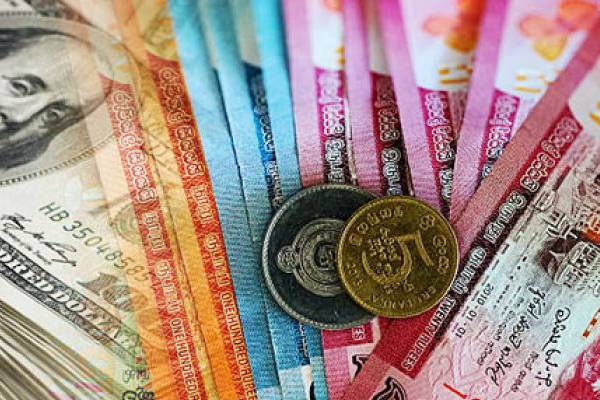Sri Lankan banks now face a moment of truth as customers default loans and the growth in new loans has slowed after the Central Bank tightened monetary conditions.
According to the latest statistics, Sri Lanka’s banking sector non-performing loan ratio has inched up last year – the highest reached in over three years.
Banking Sector consists with Licensed Commercial Banks (LCBs) and Licensed Specialized Banks (LSBs). By the end of 2017, the banking sector consisted of 25 LCBs and 7 LSBs.
There were 12 foreign banks within the total number of LCBs. The banking sector continued to contribute to economic activity and development throughout the year by enhancing banking services and expanding its networks and accessibility throughout the country.
Accordingly, 43 new branches were opened and 684 new ATMs were installed during the year 2017.
The banking sector asset base surpassed Rs. 10 trillion by end of 2017; with yearon-year growth reaching 13.8 per cent by end 2017 from 12 per cent by end 2016.
The asset portfolio mainly consisted of loans and advances, which accounted for 62.5 per cent of the banking assets.
Assets of the main two state banks, Bank of Ceylon and People‟s Bank were Rs.1952 bn and Rs.1467 bn respectively which accounted for 33.2 per cent from the total assets of the banking sector
Non - Performing loan ratio (overall NPL ratio) of the banking sector declined further to 2.5 per cent in 2017 from 2.6 per cent in 2016 despite an increase in NPLs of Rs 18.3 billion during 2017.
NPLs of the main two state banks, Bank of Ceylon and People‟s Bank were Rs.34 billion and Rs. 19.5 billion respectively by end of 2017 and accordingly NPL ratio reported as 2.8 per cent and 1.9 per cent respectively.
(LI)

